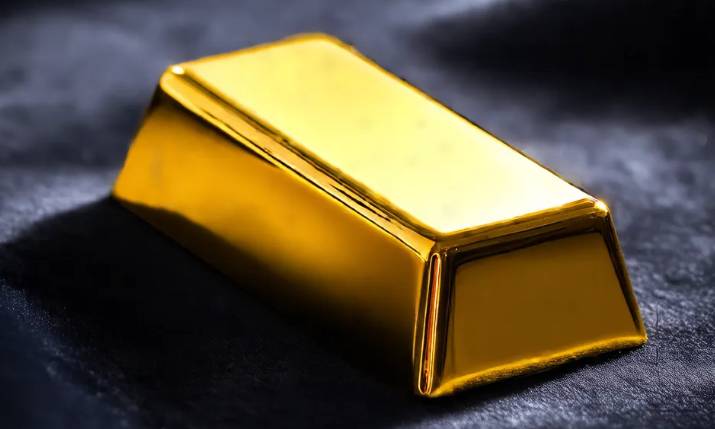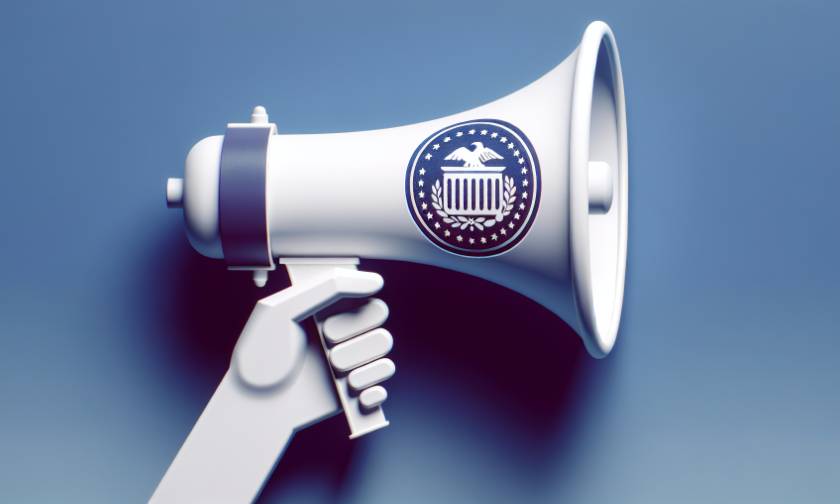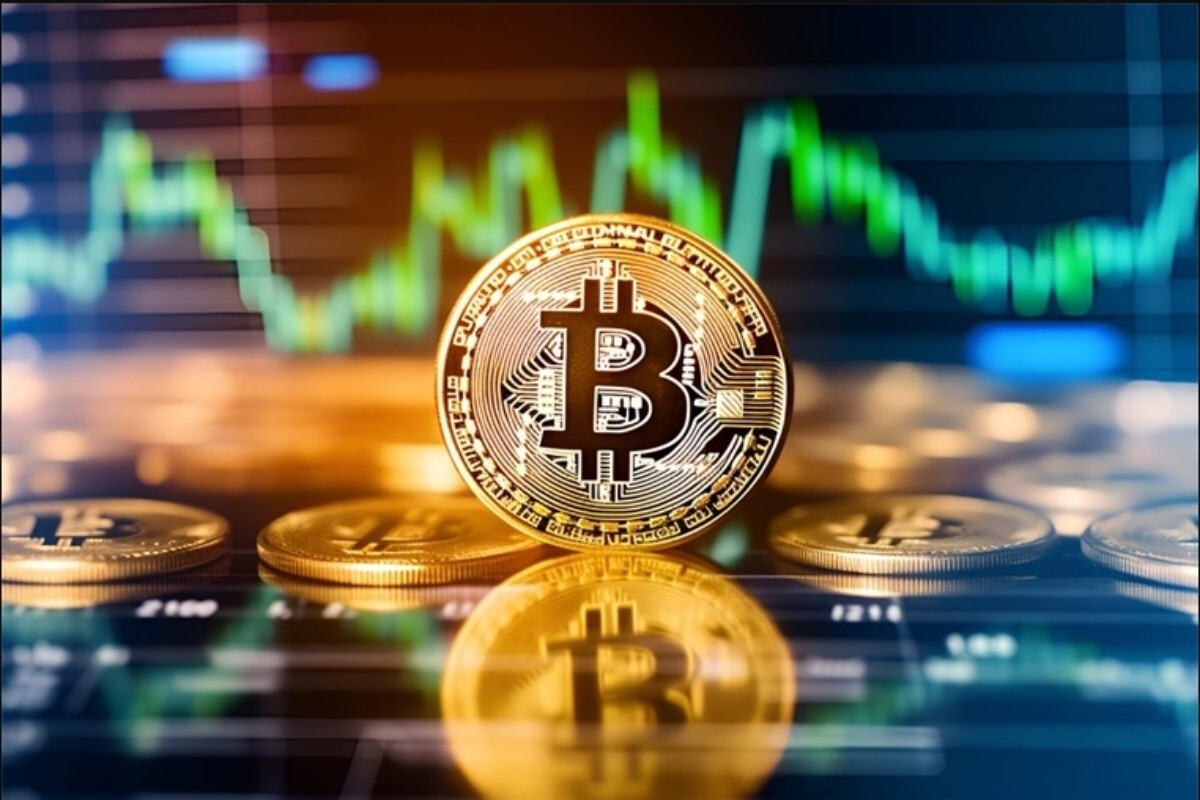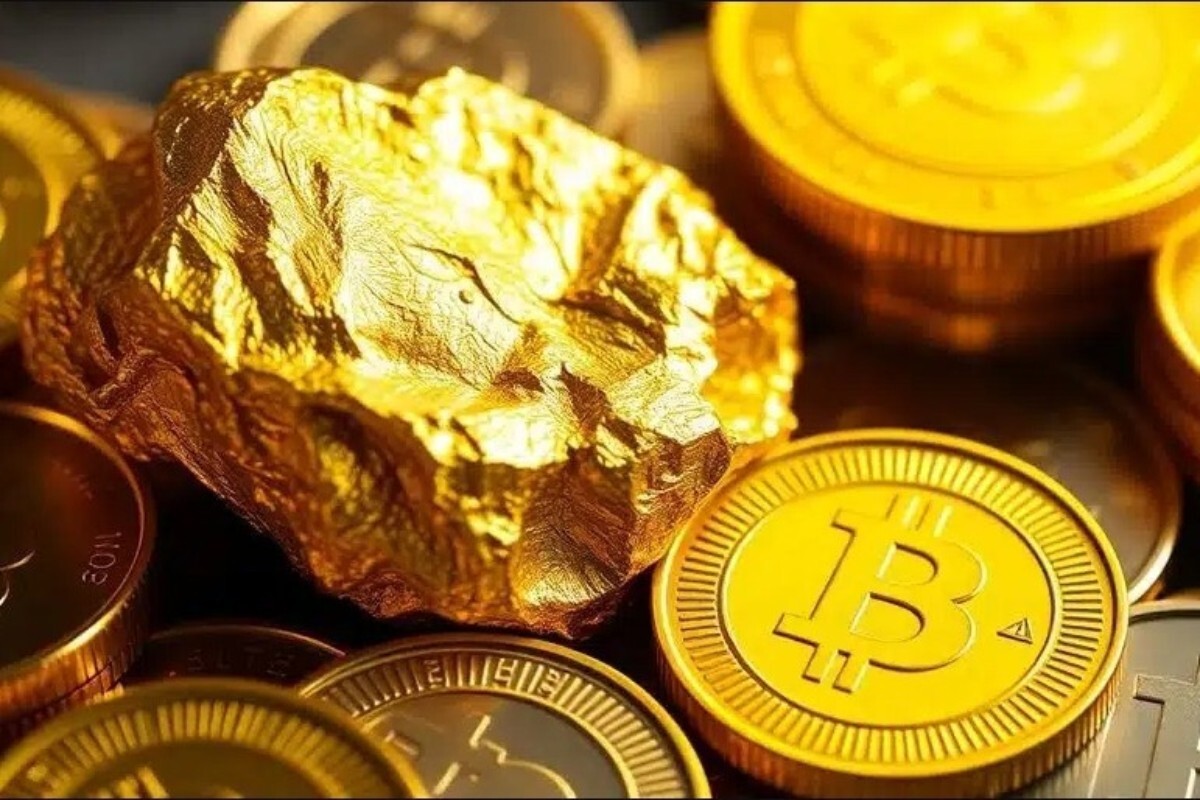The trapped US stock bulls finally received a hint of encouragement from "insiders".
As the S&P 500 index fell in March, company insiders, corporate executives and directors, bought their own company's stocks at the fastest pace in 16 months. And as President Trump announced global tariff policies, the market fell further,This "sweeping" wave is still continuing.
According to statistics from Washington Service, in the first two weeks of April alone, about 180 insiders bought the company's stock, causing the insider buying and selling ratio to 0.40, close to the highest level since the end of 2023. Although executive buying behavior does not always directly reflect market performance, this intensive buying still sends a signal:They have confidence in the company’s prospects, and this is the placebo they’re much needed for investors who have experienced weeks of selling.
“It’s a positive signal,” said Matt Lloyd, chief investment strategist at Advisors Asset Management.
"Investors are still deeply trapped in a feedback loop of negative sentiment, mainly because of trade and economic uncertainty. As the market strives to gain a foothold, it is crucial whether this buying trend can continue."
The optimism of executives and the pessimism of the market are in sharp contrast
The confidence of corporate executives has recovered, but the overall market atmosphere is still cloudy. According to the latest survey by Bank of America Global Fund Manager, 82% of respondents expect the global economy to deteriorate, the most pessimistic in 30 years. More record-breaking respondents plan to reduce their allocation to US stocks.
Investors are now facing not only the high interest rates brought by the Federal Reserve's anti-inflation, but also the risk of a global recession caused by the heated trade war. Adam Phillips, portfolio strategy director at EP Wealth Advisors warned that while insiders are a positive signal, the trend cannot be overestimated.
“Many companies are currently flying like blindfolded, still waiting for the clarity of trade policies.”
"Crystal Ball" reappears? Executives have accurately checked out the spots
Historically, the trading trends of corporate executives are indeed forward-looking. For example, in August 2015 and the end of 2018, the surge in insider buying indicates that the market is about to bottom out or be at the bottom respectively. During the plunge during the epidemic in March 2020, insiders once again successfully captured the opportunity to "buy at the bottom".
Since corporate executives usually regard holdings as a source of cash flow, under normal circumstances, selling will be much more than buying.Therefore, when insiders rarely buy in a concentrated manner, it is often a signal that the market price is extremely attractive.
A similar situation occurred at the beginning of this year: the S&P 500 peaked in mid-February, while corporate executives sold stocks in January, and the sales force was unprecedented. After entering the end of January, they quickly changed direction and began to make up for it.
Now, bank data shows thatThe cash levels in the hands of companies have recorded the largest two-month increase since the early stages of the epidemic, which also provides ammunition for subsequent stock market rebounds.Patrick Armstrong, chief investment officer at Plurimi Wealth, notedThis round of market adjustment is actually a good time to increase your position.
“Insiders are rushing to buy their own company’s stocks, and cash levels are rising, but market sentiment is extremely pessimistic – these three constitute a clear early signal: the market’s panic is making stocks attractive again.”
















No comments yet